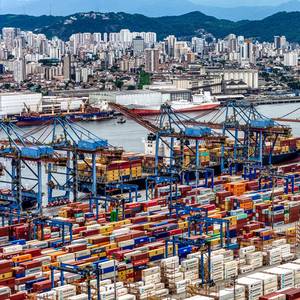
Brazil's Federal Audit Court (TCU) on Monday voted six to three to recommend that operators of existing container terminals at the Santos port be barred from participating in the first phase of bidding for a planned mega terminal, citing concerns over market concentration.The decision deals a blow to companies such as Danish shipping group Maersk

Frederick Joseph Harris of Mystic CT, passed peacefully at 5:47PM on 10/24/2025, with his family by his side. “Fred” was born on 11/25/1944 at Framingham Union Hospital to Frederick Everett and MaryRosa Camilla Harris.Fred was a proud patriot who loved his country. Fred received his bachelor’s degree in Marine Engineering from Maine Maritime Academy (with Honors) in 1967.
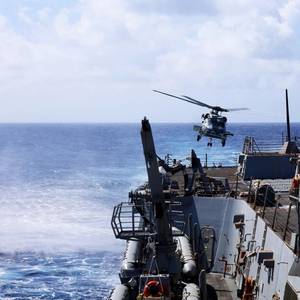
A large buildup of U.S. naval forces in and around the Southern Caribbean has officials in Caracas and experts in the United States asking: is the move aimed at combating drug cartels, as the Trump administration has suggested, or is it for something else entirely?Seven U.S. warships, along with one nuclear-powered fast attack submarine, are either in the region or are expected to be there soon
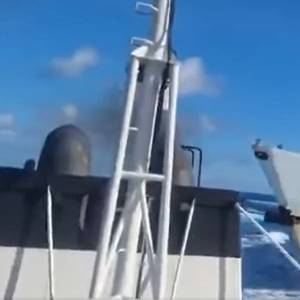
The Philippines expressed serious concern on Tuesday over what it described as "dangerous manoeuvres and unlawful interference" by Chinese vessels during a coast guard supply mission for Filipino fishermen in the Scarborough Shoal on Monday."Their actions not only posed a grave danger to Philippine personnel and vessels
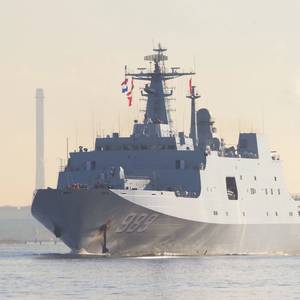
China has flexed its muscles this month by sending an unusually large number of naval and coast guard vessels through a swathe of East Asian waters, according to security documents and officials, in moves that have unnerved regional capitals.Since early May, China deployed fleets larger than usual, including navy, coast guard and other ships near Taiwan
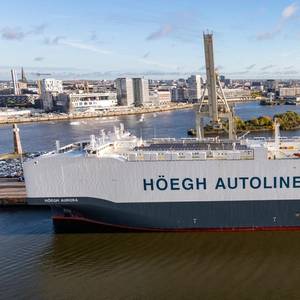
Confusion over new fuels will not be helped by the fact that each one has a good and bad version. The science on grey ammonia, grey methanol, and palm oil biofuel show that these are probably worse for the planet, if adopted, than unfettered continuation of fossil fuel consumption.
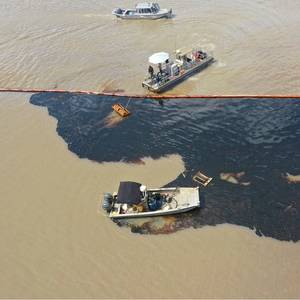
The Unified Command, consisting of the US Coast Guard, Spectrum OpCo (Operator), and the Louisiana Oil Spill Coordinator's Office (LOSCO), continue to respond an oil and natural gas release in coastal Louisiana.This spill occurred on April 26 in a marsh environment near the Garden Island Bay Production Facility company's well in Plaquemines Parish, southeast of New Orleans, Louisiana.
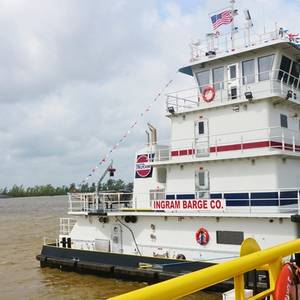
Benny Cenac Jr.’s Houma based Main Iron Works Company has completed the 10th boat newbuild for Ingram Marine Group. This partnership with Main Iron Works and Ingram began in 2021 and included the construction of 10 new towboats to be completed by the end of 2024. The first towboat, the Adrienne M.
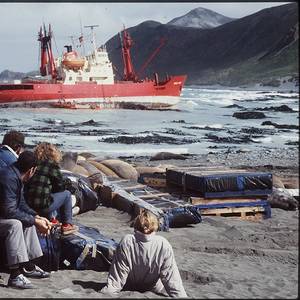
The Scythian philosopher Anacharsis (6th century B.C.) said: “There are three sorts of people: those who are alive, those who are dead and those who are at sea.”Many of those onboard the Nella Dan when she grounded in December 1987 never went to sea again. Such was their passion for the ship.

KNUD E. HANSEN, a naval architecture and marine engineering consultancy, has announced a milestone in its ongoing collaboration with Ferry Holdings Limited. Following the successful signing of the shipbuilding contract with Guangzhou Shipyard International (GSI), two new RoPAX vessels will be built.
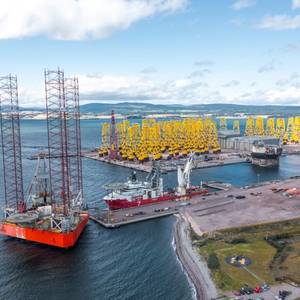
Global Energy Group (GEG) has reached an agreement on the sale of three of its group companies, including The Port of Nigg, to long term investor, Mitsui & Co. Europe (Mitsui) a subsidiary of Mitsui & Co, together with Mitsui O.S.K. Lines (MOL).The acquisition includes The Port of Nigg, a multi-sector energy port and green freeport, Global Energy (Fabrication)
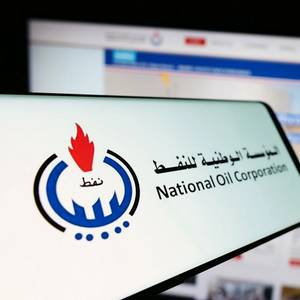
Libya's National Oil Corporation (NOC) said oil exports were continuing without disruption following talks with protesters at the Es Sider and Ras Lanuf ports on Tuesday."Operations are proceeding smoothly across all fields and ports after discussions with protesters who held demonstrations this morning at the Es Sider and Ras Lanuf ports," the NOC said in a statement on its Facebook page.